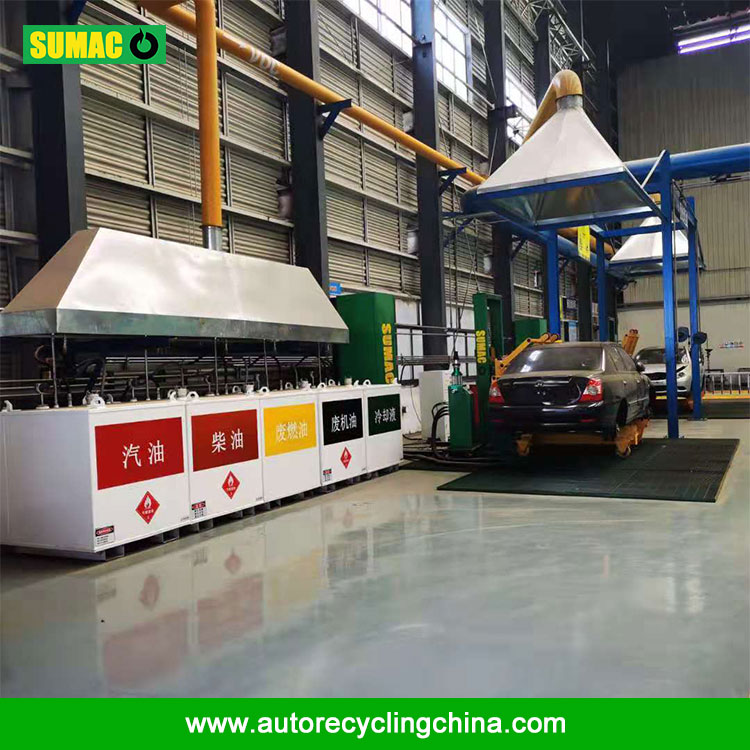Ensuring the compressive strength of a steel fuel tank is of great significance for its safe operation and durability. Here are some key measures to achieve this:
-
Optimal Design: The design of the steel fuel tank plays a vital role in determining its compressive strength. Firstly, the shape of the tank should be carefully considered. Spherical or cylindrical shapes are often preferred as they can evenly distribute pressure and have better structural stability. Secondly, the thickness of the steel plate used in the tank is calculated based on the expected pressure and the volume of the tank. Thicker plates are generally required for larger tanks or those subjected to higher pressures. In addition, the design should include appropriate reinforcement structures, such as ribs and baffles, which can enhance the overall rigidity of the tank and prevent deformation under pressure.
-
Material Selection: High - quality steel materials with excellent mechanical properties are essential for ensuring the compressive strength of the fuel tank. Steel with high yield strength and tensile strength should be selected. Common choices include low - alloy high - strength steels, which offer a good combination of strength and toughness. The material should also have good weldability to ensure the integrity of the welded joints, which are crucial for the overall strength of the tank.
-
Manufacturing Quality Control: Strict quality control during the manufacturing process is necessary. Welding is a critical process, and qualified welders should be employed to ensure that the welds are of high quality without defects such as cracks, porosity, and lack of penetration. Non - destructive testing methods, such as ultrasonic testing and radiographic testing, are used to detect weld defects. Additionally, the forming process of the tank should be carefully controlled to avoid any damage to the material structure that could affect its strength.
-
Testing and Certification: After the manufacturing of the steel fuel tank, it should undergo a series of tests to verify its compressive strength. Pressure tests are commonly carried out by filling the tank with a liquid or gas and applying a pressure higher than the maximum operating pressure. The tank is then inspected for any signs of leakage or deformation. Certification from relevant authoritative institutions is also required to ensure that the tank meets the necessary standards and regulations.

